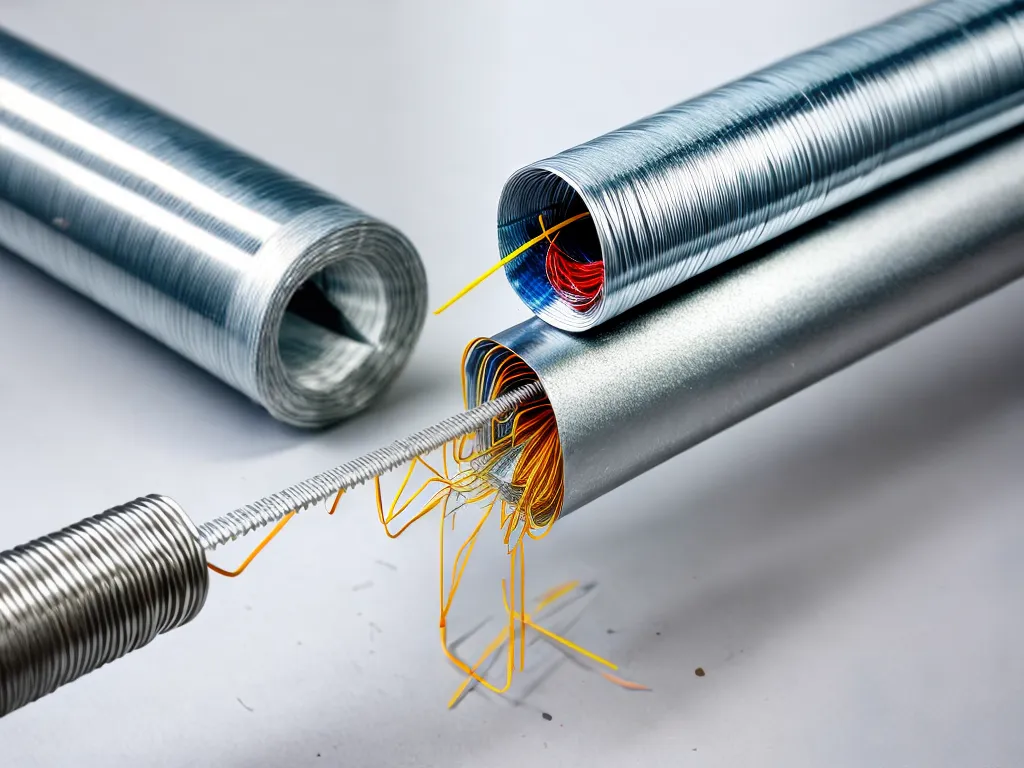
How to Safely Splice Aluminum Building Wire
Introduction
Splicing aluminum building wire requires care and the right materials to create secure, safe connections. Improper splicing can lead to dangerous overheating and fires. As an electrician working with aluminum wire, I want to walk through the key steps I follow to properly splice this wiring in a way that meets code and keeps occupants safe.
Reasons for Splicing Aluminum Wire
There are a few main reasons I may need to splice aluminum wiring:
- Extending circuits during renovations or additions
- Repairing damaged wiring
- Connecting lighting fixtures, switches, receptacles, and appliances
Dangers of Improper Aluminum Wire Connections
Aluminum wiring requires special treatment because it expands and contracts at a different rate than other metals. This can lead to loose connections and overheating if the splice isn't properly made.
Some key risks of poor aluminum wiring splices include:
- Arcing and sparking - loose connections generate heat and sparks
- Melting wires - heat buildup leading to melted insulation and conductors
- Electrical fires - arcing/sparking can ignite nearby materials
- Power failures - loose splices interrupt circuits
Use ONLY Approved Materials
The key to safety is using the right materials designed for aluminum wire. I only use specialized twist-on connectors marked CO/ALR. These are filled with antioxidant paste and rated for aluminum.
Never use COPPER-only rated connectors or wire nuts. The connection will likely overheat and fail.
Other approved options include aluminum-compatible switches, outlets, and terminal blocks. Consult manufacturer specs before using.
Step-by-Step Splicing Procedure
Here is my procedure for properly splicing aluminum wires:
1. Turn Off Power
I check for power with a non-contact tester. Then, I turn off the circuit at the breaker and verify it's deenergized.
2. Prepare the Wires
I strip off 3/4 inch of insulation from each wire using a special circular wire stripper tool. This ensures no nicking or damage.
I lightly clean wires with fine sandpaper to remove oxidation and ensure a good connection.
3. Apply Antioxidant Paste
I coat both ends of the wires with antioxidant paste designed for aluminum. This prevents future oxidation and improves conductivity.
4. Twist On Connector
I twist the CO/ALR connector onto the wires using firm, even pressure. I ensure it's fully seated with no exposed wire.
5. Secure the Splice
No loose connections allowed! I avoid wire pulling out by looping the wires in the electrical box to provide slack.
Testing and Safety Check
Once splicing is complete, I follow these safety steps:
- Wiggle splices to verify tightness
- Reinstall devices like switches and receptacles
- Carefully replace outlet/switch covers
- Turn power back on and test operation
- Use a thermal camera to check for hot spots during load
- Recheck connections after 24 hours
Conclusion
Splicing aluminum wires properly is vital for safety. Following the right materials and procedures prevents electrical hazards. Let me know if you have any other questions! I'm always happy to discuss best practices for safe electrical work.